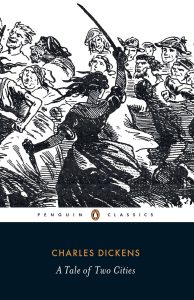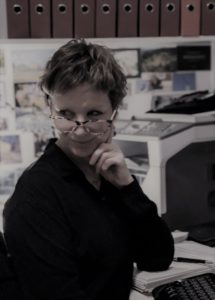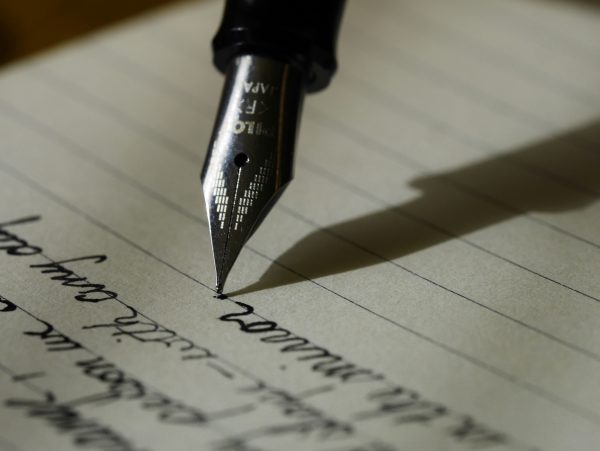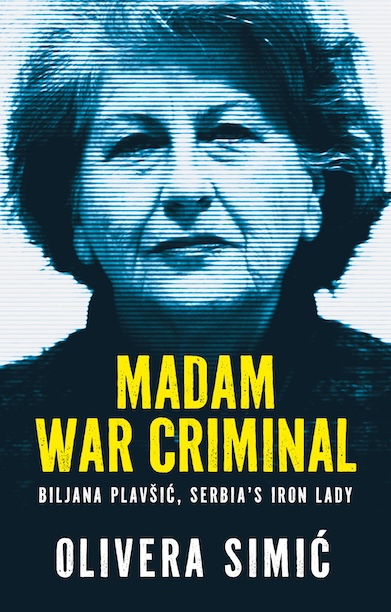It may seem strange to think of sentences as having personalities that respond to the mood of the subject of the writing. In fiction, they often suggest what may be happening beneath the surface, or hit us between the eyes with something unexpected, or just express the tragedy of the moment with despair or resentment. A rhythmic flow can be created by writing a combination of short, medium and long sentences. Academic writing tends to be more mechanical, with information and arguments set out neatly, so grammar rules relating to sentence and paragraph construction are adhered to quite rigidly. But there should still be a fluidity to the writing as a whole.
 ‘Prose lies on a page before us as the sea lies under a great bird flying from continent to continent. The sentence is no more a distinct unit of language than the wave is distinct from the ocean.’ (Poet, essayist and novelist, Kevin Brophy, ‘The Writer’s Reader’, 2011)
‘Prose lies on a page before us as the sea lies under a great bird flying from continent to continent. The sentence is no more a distinct unit of language than the wave is distinct from the ocean.’ (Poet, essayist and novelist, Kevin Brophy, ‘The Writer’s Reader’, 2011)
On 16 March 1926, Virginia Woolf wrote in a letter to Vita Sackville-West about an instinctive rhythm that creates a wave in her mind when she writes:
‘A sight, an emotion, creates this wave in the mind, long before it makes words to fit it; and in writing (such is my present belief) one has to recapture this, and set this working (which has nothing apparently to do with words) and then, as it breaks and tumbles in the mind, it makes words to fit it.’
Whereas Virginia Woolf’s sentences flow (stream) at a breathless, captivating pace down the page, Ernest Hemingway’s sentences ‘cut to the chase’. In ‘A Farewell to Arms’, when the fighting at the WWI Italian front was at its worst, the main character, Frederic Henry, expresses his exhaustion: We were all cooked. The thing was not to recognise it. … We had another drink. Was I on somebody’s staff? No. He was. This set of short, and sometimes broken, sentences evoke confusion caused by extreme weariness with little to distract the soldiers and ambulance men from the ugliness they had to face, day in, day out.
As we know, a sentence is a set of words that is complete in itself, typically containing a subject and predicate (what is said about the subject), conveying a statement, question, exclamation, or command. However, as is illustrated in Hemingway’s writing, in reality, just about anything goes in the way of sentence construction. As grammar watcher, Simon Heffer, admits, ‘even the most educated people’s definition of what constitutes a sentence has become what the dictionary now says it is: the matter between full stops.’
The aim of the first sentence of any written work is to motivate the reader to read on; it can be decisive and declare the theme or argument of the main body of academic writing, or it can be a teaser in fiction. Let’s look at this opening sentence of a crime novel.
It was a warm morning and Mike was sprawled across his bed with curtains drawn to keep the sun out, his bedroom a mess, clothes covered the floor, used cups were coated with a thin layer of dust and empty chip packets were scattered atop the bedside drawer.
This long opening sentence is in the passive voice, which uses some form of the helping verb ‘to be’ (am, is, are, was, were, being, been) to attach itself to an otherwise strong verb (was sprawled, were coated, were scattered). By breaking up the sentence into shorter sentences, and using the active voice, a different tempo is set. For example:
Mike slept soundly, sprawled across his bed. Blinds kept the morning sun out. Clothes covered the floor. A thin layer of dust coated used cups, and empty chip packets adorned the bedside cabinet.
A sentence in which the subject performs the action of the verb (Mike slept/sprawled) creates an active voice and evokes an immediate image. One sentence builds on another, avoiding monotony, building intrigue. Drama and edginess are not only increased by varying the length of the sentences but also by removing unnecessary information (in the original paragraph, the writer tells the reader that the bedroom is a mess, which is unnecessary, as this is shown in the rest of the sentence).
 And then there is the mesmerising, rhythmic, and long, opening sentence of ‘A Tale of Two Cities’, written by Charles Dickens in 1859:
And then there is the mesmerising, rhythmic, and long, opening sentence of ‘A Tale of Two Cities’, written by Charles Dickens in 1859:
‘It was the best of times, it was the worst of times, it was the age of wisdom, it was the age of foolishness, it was the epoch of belief, it was the epoch of incredulity, it was the season of Light, it was the season of Darkness, it was the spring of hope, it was the winter of despair, we had everything before us, we had nothing before us, we were all going direct to Heaven, we were all going direct the other way – in short, the period was so far like the present period, that some of its noisiest authorities insisted on its being received, for good or for evil, in the superlative degree of comparison only.’
Punctuated with commas, the long sentence pulsates with confusion, contrast and fear—the bloody revolt by French peasants in 1789 during the Age of Enlightenment is foreshadowed. The repetition of it was vibrates like the beat of a drum. Of course, this sentence could be edited and broken up into neat sentences, but the trance-like rhythm would be lost.
In general, there is less attention to the rhythm of sentences in academic writing, and the sluggish passive voice is common. For example: The symmetry of the cathedral’s façade is created by the evenly spaced Ionic columns. This wordy sentence could be converted to an active voice by placing the main subject and the verb at the beginning of the sentence. In doing so, the relationship between the key terms in the sentence is established more swiftly and a rhythmic flow is created. Evenly spaced Ionic columns create symmetry across the cathedral’s façade.
Here is another example of unnecessary wordiness in a sentence: There is evidence to prove that intelligence tests are worthless. The revised sentence presents the argument with greater clarity, and less words: Evidence proves that intelligence tests are worthless. There is also a satisfying flow.
When you finish writing a page, read it out loud. Hearing the music of the sentences, and not just reading them, allows you to feel the rhythm. Have you produced a combo of long, medium and short sentences that suits the mood/subject of your writing project and creates the right rhythm? There is also a visual aspect … the look on the page. By doing this exercise, you will gradually develop an eye and an ear for ways to improve (and maybe intensify) the look, flow, and readability of your sentences that are fit for purpose. Just imagine you’re a bird flying over a series of waves moving towards the shoreline.
 Are you ready to have your writing proofread or edited, whether it only needs a light edit or a more detailed structural edit?
Are you ready to have your writing proofread or edited, whether it only needs a light edit or a more detailed structural edit?
Or maybe you’d benefit from an assessment of your unpublished manuscript.
If so, then why not contact me via my contact page or directly at denise@denisemtaylor.com.au with a brief overview of your specific needs and the word count of your manuscript?
My editing is based on the Australian Style Manual (ASM) unless an author has been commissioned to write a book using the publishing house style guide. In particular, editing academic writing requires the editor to adhere to the preferred style and referencing of the university department or publisher.
Featured photo: Aaron Burden/Unsplash
Ocean photo: Joel Mott/Unsplash





